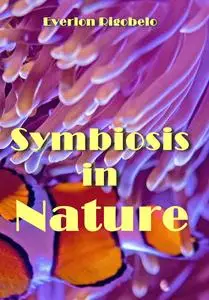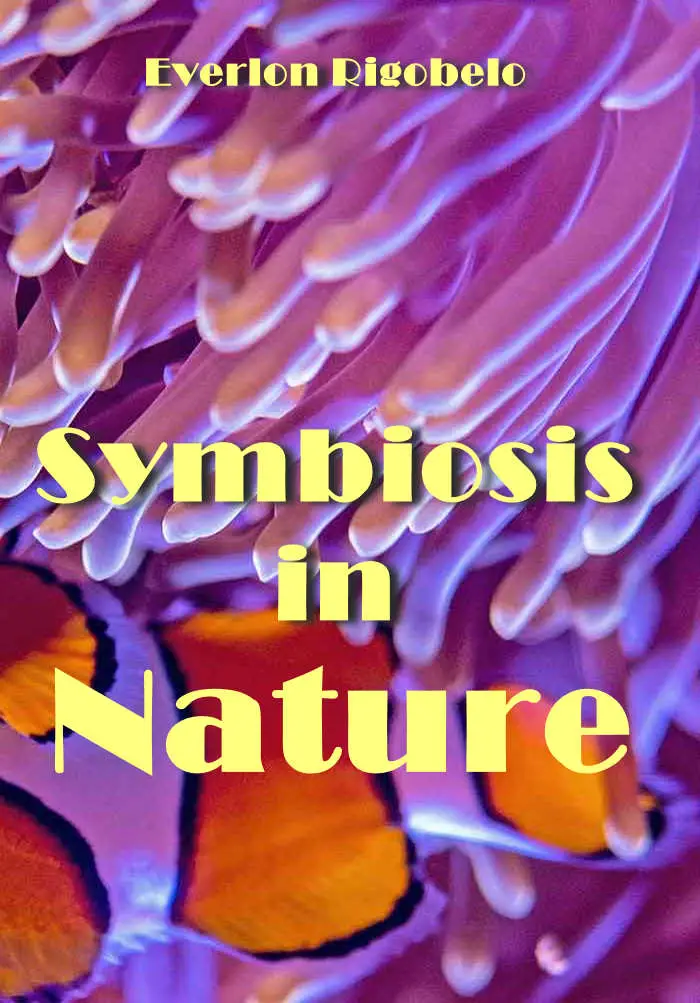"Symbiosis in Nature" ed. by Everlon Rigobelo
ITexLi | 2023 | ISBN: 1837686386 9781837686384 1837686378 9781837686377 1837686394 9781837686391 | 246 pages | PDF | 14 MB
ITexLi | 2023 | ISBN: 1837686386 9781837686384 1837686378 9781837686377 1837686394 9781837686391 | 246 pages | PDF | 14 MB
This book thoroughly explores various aspects of symbiosis in nature, delving into topics such as signaling, its importance in agriculture, and its role in mitigating abiotic stresses. It also provides a comprehensive exploration of various aspects related to symbiosis in nature, offering readers a valuable opportunity to enhance their understanding of this subject.
Symbiosis is a vital and enduring interaction between two species in nature, benefiting both organisms involved. Mutualism, commensalism, and parasitism are the three main types of symbiotic relationships. Mutualism benefits both species, commensalism benefits one species while leaving the other unaffected, and parasitism benefits one species at the expense of the other. These interactions play a crucial role in maintaining ecosystem stability and functionality. Symbiosis relies on a close genetic, physiological, and morphological connection between the participating species. Numerous examples demonstrate the significance of symbiosis in nature. Nitrogen-fixing bacteria, for instance, convert atmospheric nitrogen into ammonia, which plants can utilize as a nutrient. This process reduces the reliance on chemical fertilizers. Arbuscular mycorrhizal fungi enhance nutrient and water absorption in plants, while certain bacteria in the soil improve nutrient availability, plant development, and photosynthesis. These instances highlight the diverse ways in which symbiosis supports the well-being of different species.
By offering valuable insights, the book sheds light on the beneficial relationships that exist between different species. Overall, symbiosis is an integral mechanism that promotes the interdependence and cooperation of species in nature. Understanding the complexities and benefits of symbiotic relationships is essential for comprehending and preserving the delicate balance within ecosystems.
Contents
1. Plant Growth Promoting Rhizobacterial Consortium: A Sustainable Crop Production Strategy
2. Plants and Their Microbes
3. Bacterial Symbiotic Signaling in Modulating Plant-Rhizobacterial Interactions
4. Symbiosis under Abiotic Stress and Its Challenges
5. The Plant-Rhizobial Symbiotic Interactions Provide Benefits to the Host beyond Nitrogen Fixation That Promote Plant Growth and Productivity
6. Exploring the Role of Microbial Live Factories in Post-Harvest Management of Potatoes-Possible Solution to the Optimization of Supply Chain
7. Development and Resource Exchange Processes in Root Symbioses of Legumes
8. Mycorrhizal Symbiosis for Sustainable Optimization of Tropical Agriculture: A Review of Research
9. Essential Role of Symbiotic Microorganisms Supporting Forests in East Asia under Changing Environment
10. Analytical Trophodynamics Applied to Modeling Forest Dynamics with Carbon Cycling
11. Microbes as Artists of Life
12. The Role of V-Strategist Endophytes in Stimulating the Formation of Mycorrhizal Interactions and Soil Regeneration
1st true PDF with TOC BookMarkLinks
More : You find here



